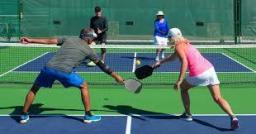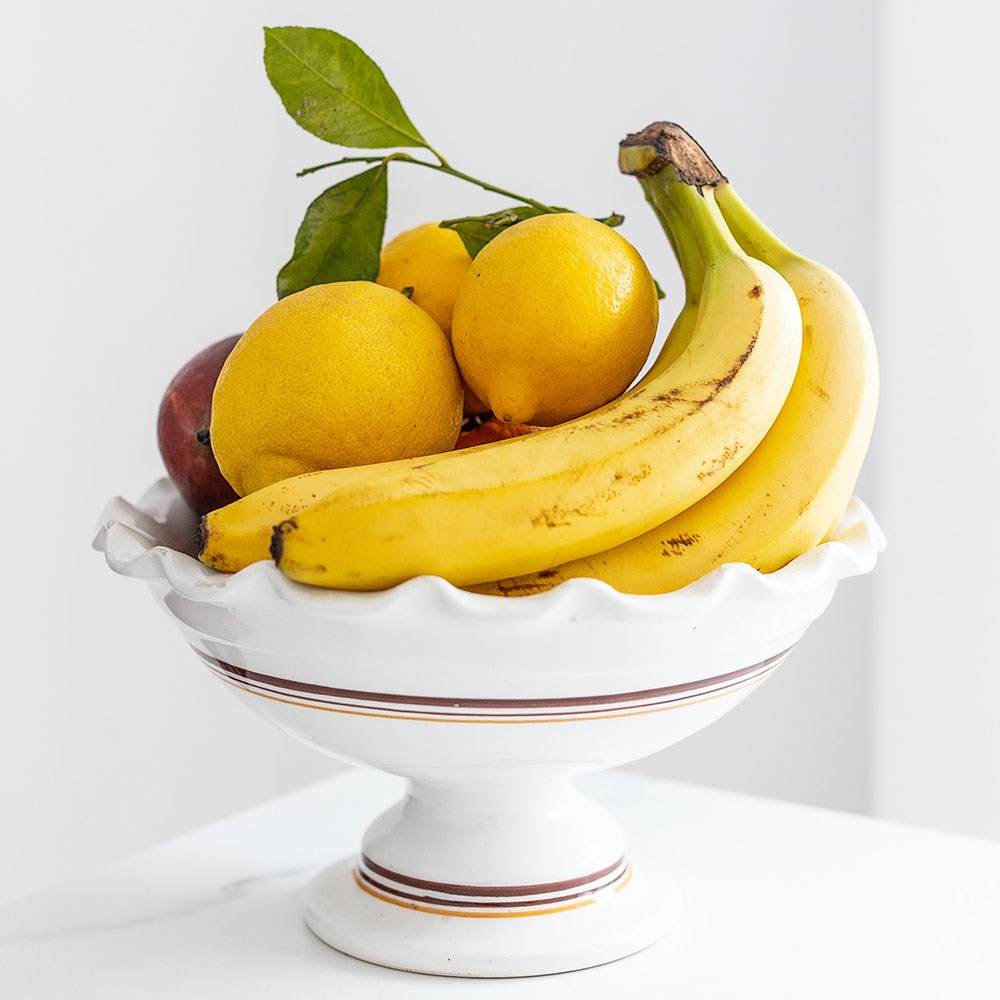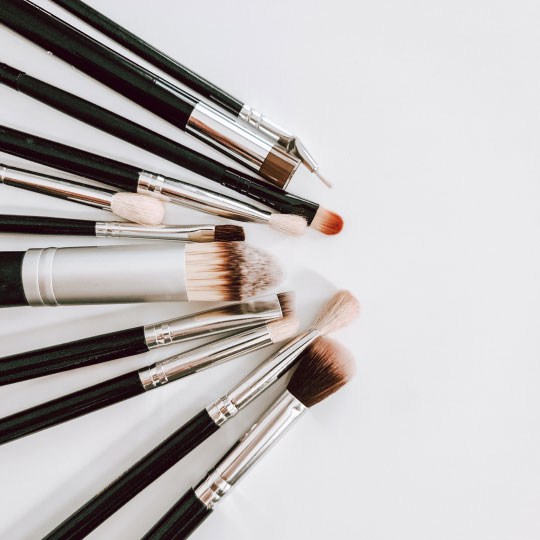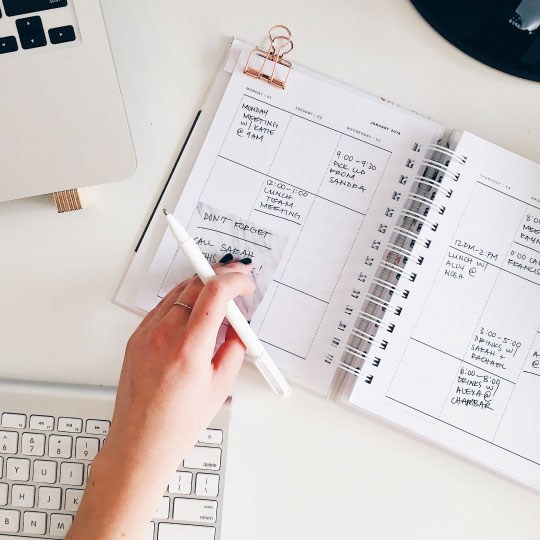PickleballAfter60

Empowering Seniors to Stay Active, Healthy, and Connected Through Exciting Pickleball Sports and Wellness!
Embrace an Active Life After 60
Playing Pickleball

Quick Tips for Staying Active
Discover nutritious meal ideas tailored for active seniors.

Community Events & Meetups
Connect with like-minded seniors and grow your social circle.

Senior Health & Wellness Experts
Access expert guidance on maintaining fitness after 60.

Plan Your Weekly Fitness Routine
Have questions about pickleball or senior health? Reach out anytime.
Stay Active, Stay Healthy
PickleballAfter60 is dedicated to promoting health, wellness, and community through active sports for seniors. Connect with us to learn more about our programs and events designed just for you.
Health
Pickleball, a popular recreational sport, can lead to various injuries, especially among older adults or those new to the game. Here are some common pickleball injuries:
Musculoskeletal Injuries
Strains: Ankle, calf, hamstring, shoulder, and back strains due to sudden movements, twisting, and overexertion.
Tendonitis: Achilles, rotator cuff, and patellar tendinitis from repetitive motions.
Fractures: Wrist, elbow, shoulder, and hip fractures, particularly in falls or collisions.
Joint Injuries
Knee injuries: Meniscus tears, ligament sprains, and patellofemoral pain syndrome.
Hip injuries: Groin strains, hip flexor tears, and bursitis.
Shoulder injuries: Rotator cuff tears, impingement syndrome, and labrum tears.
Other Injuries
Falls: Leading to various injuries depending on the impact site.
Tennis elbow (lateral epicondylitis): Pain on the outer elbow from repetitive gripping and swinging motions.
Golfer's elbow (medial epicondylitis): Pain on the inner elbow from wrist flexion and pronation.
Wrist sprains and strains: From sudden wrist movements and gripping the paddle.
Prevention Tips
Warm up and cool down properly.
Use proper technique and form.
Wear supportive footwear and protective gear.
Strengthen core and leg muscles.
Stay hydrated.
Listen to your body and take breaks when needed.
It's important to consult a healthcare professional if you experience any pain or discomfort while playing pickleball. They can assess your condition, recommend appropriate treatment, and provide guidance on preventing future injuries.
Back to Menu
For pickleball, perform dynamic warm-up stretches like arm circles, leg swings, and lunges to prepare for activity,and static stretches such as hamstring, quad, and shoulder stretches afterward to improve flexibility and recovery. A light jog or court movement is crucial before stretching to warm cold muscles.
Dynamic Warm-Up (Before Play)
These movements prepare your body for the game.
Arm Circles:Stand with feet shoulder-width apart, extend arms out, and make small circles, gradually increasing the size, for 30 seconds in each direction.
Leg Swings: Swing one leg forward and backward for 15-20 reps per leg, using a wall for support.
Torso Twists: Stand with feet apart and arms outstretched, then twist your torso from side to side for about 30 seconds.
Lunge With Twist: Step into a forward lunge, then twist your torso toward the front leg.
Light Jogging/Court Movement: A few minutes of jogging, high knees, or shuffling side-to-side will get your blood flowing and muscles ready.
Static Stretches (After Play)
These stretches help to improve flexibility and cool down your muscles after a game.
Hamstring Stretch: Sit with one leg extended, reach for the toes while keeping your back straight, and hold for 30 seconds.
Quad Stretch: Stand on one leg, pull the opposite heel to your glutes, keeping knees close, and hold for 30 seconds per leg.
Shoulder Stretch: Bring one arm across your body, hold it with the opposite arm, and gently pull it towards your chest. Hold for 30 seconds.
Calf Stretch: Stand in a wide stance, keeping one heel down on the court, to stretch the calf in the back of your leg.
Wrist Stretches: Push your palms together (prayer stretch) for 30 seconds to work your wrists and elbows.
Back to Menu
The main types of protective gear for pickleball include protective eyewear to prevent eye injuries, knee pads and elbow supports for impact protection during falls or intense play, and wrist braces or supports to stabilize joints. Other protective items can include sweat-wicking accessories like headbands and wristbands, and compression sleeves for muscle support.
Here's a breakdown of each type:
Protective Eyewear
Purpose: Shields your eyes from fast-moving pickleballs that could cause serious injury.
Considerations: Look for eyewear designed for sports, which may include features like anti-fog coatings and UV protection for outdoor play.
Knee Pads & Elbow Supports
Purpose: Provide cushioning and protection during falls or slides on the court.
Considerations: Useful during competitive play or for players on harder court surfaces.
Wrist Braces & Supports
Purpose: Offer support to stabilize the wrist joint, potentially reducing the risk of sprains or other impact injuries.
Compression Sleeves
Purpose: Provide muscle support, which can improve circulation and aid in muscle recovery.
Headbands & Wristbands
Purpose: Primarily for comfort, these accessories keep sweat from your eyes and face.
Back to Menu
To excel at pickleball, focus on hydration, easy-to-digest carbohydrates for quick energy, and a balanced intake of protein for muscle repair and healthy fats for sustained energy. Before a game, eat a fiber-rich, balanced meal with complex carbs and protein; during play, consume light, low-fiber snacks like fruit or pretzels and drink water or electrolyte drinks frequently. After a match, refuel with protein and complex carbohydrates to replenish glycogen stores and support recovery.
Before Playing
Balanced meal: Eat a meal containing both complex carbohydrates (like whole grains, fruits, and vegetables) for steady energy and some protein for sustained fuel.
Timing: Aim to eat your meal a few hours before your first match.
Avoid: Steer clear of heavy, greasy, or overly sugary foods that could cause digestive discomfort.
During Play (Between Matches or Long Sessions)
Hydrate constantly: Drink water or electrolyte drinks every 15-20 minutes to maintain fluid balance.
Light snacks: Opt for easily digestible snacks that provide quick energy without weighing you down.
Snack ideas:
Fruit (bananas, apples, watermelon)
Pretzels with peanut butter
Rice cakes or rice with honey
Yogurt with honey
Sports gels or chews
Granola bars
After Play
Rehydrate: Replenish the fluids and electrolytes (like sodium and potassium) lost through sweat.
Recover with protein and carbs: Eat a combination of protein (from lean meats, dairy, or plant-based sources) and complex carbohydrates to help your muscles repair and refill your energy stores.
Nutrient-rich foods: Incorporate plenty of fruits, vegetables, and whole grains into your recovery meals.
General Tips
Listen to your body: Pay attention to how different foods make you feel to avoid stomach issues during play.
Consider personalized advice: Consulting a registered dietitian or sports nutritionist can provide guidance tailored to your specific needs.
Back to Menu
A balanced diet with healthy, energy-rich meals is essential for pickleball players to maintain endurance and aid muscle recovery. A good plan includes balanced meals 2 to 3 hours before playing, lighter snacks during breaks, and a carb-and-protein-rich recovery meal within an hour after playing.
Healthy pre-game meals and snacks
These meals and snacks are designed to provide sustained energy from complex carbohydrates and protein without weighing you down.
Oatmeal with berries and nuts
Ingredients: 1/2 cup rolled oats, 1 cup milk or water, 1/2 banana (mashed), a handful of fresh berries, and a sprinkle of chopped nuts (walnuts or almonds).
Instructions: Cook the oats according to package directions. Stir in the mashed banana and top with berries and nuts.
Turkey and avocado wrap
Ingredients: 1 whole-wheat tortilla, 3 oz sliced turkey, 1/4 avocado (mashed), mixed greens, and sliced tomato.
Instructions: Spread the mashed avocado on the tortilla. Layer with turkey, mixed greens, and tomato. Roll up tightly.
Scrambled eggs with whole-grain toast
Ingredients: 2 eggs, a splash of milk, 1 slice whole-grain toast, and 1/4 avocado (optional).
Instructions: Whisk the eggs with milk, then scramble in a pan. Serve with a slice of toast and a side of avocado.
Sweet potato and black bean salad
Ingredients: 1 cooked sweet potato (diced), 1/2 cup black beans (rinsed), 1/4 red onion (diced), and a drizzle of olive oil.
Instructions: Mix the ingredients in a bowl. For a zesty dressing, add a squeeze of lime juice.
Energizing on-court snacks
During long or intense sessions, these snacks provide a quick energy boost without causing a crash.
No-bake energy bites
Ingredients: 1 cup rolled oats, 1/2 cup peanut butter, 1/4 cup honey, and 1/4 cup dark chocolate chips.
Instructions: Mix ingredients until well combined. Roll into 1-inch balls and refrigerate for 30 minutes to firm up.
Apple slices with almond butter
Ingredients: 1 apple, 2 tbsp almond butter.
Instructions: Slice the apple and serve with almond butter for dipping.
Homemade trail mix
Ingredients: A handful of mixed nuts (almonds, cashews), seeds (pumpkin, sunflower), and dried fruit (raisins, cranberries).
Instructions: Combine and portion into a small bag for easy access.
Post-game recovery recipes
To help your muscles recover and replenish energy stores, consume a combination of carbs and protein within 30 to 60 minutes after playing.
Protein smoothie
Ingredients: 1 scoop protein powder, 1 cup almond milk, 1/2 banana, and 1/2 cup frozen berries.
Instructions: Blend until smooth.
Grilled salmon with quinoa and roasted vegetables
Ingredients: 1 salmon fillet, 1/2 cup cooked quinoa, and a mix of vegetables like broccoli, bell peppers, and zucchini.
Instructions: Season and grill the salmon. Toss the vegetables with olive oil and
roast until tender. Serve with cooked quinoa.
Hearty steak burrito bowl
Ingredients: Cooked steak strips, 1/2 cup brown rice, black beans, salsa, corn, and avocado.
Instructions: Combine the cooked ingredients in a bowl. Top with avocado and a dollop of Greek yogurt for a creamy finish.
Hydration
Proper hydration is critical for preventing fatigue and muscle cramps.
Pre-game: Drink 16 to 24 ounces of water or an electrolyte beverage 1 to 2 hours before playing.
During play: Sip water or an electrolyte drink regularly to replenish lost fluids and minerals.
Post-game: Drink 16 to 24 ounces of fluid for every pound of body weight lost during play. You can also try naturally hydrating foods like watermelon and cucumber.
Back to Menu
To find a pickleball doctor specializing in injuries, seek an Orthopedic Surgeon or a Sports Medicine Physician who has experience with racquet sports and overuse injuries. You can use online search tools to find these specialists and ask for their expertise with pickleball injuries, particularly focusing on extremities (shoulders, knees, ankles) and common issues like muscle strains, tendonitis, and meniscus tears.
Types of Specialists to Look For
Orthopedic Surgeons are experts in musculoskeletal injuries and can provide surgical and non-surgical treatment options for more severe pickleball-related issues.
Sports Medicine Physicians specialize in injuries and illnesses that occur during athletic activity, including prevention and treatment for people of all ages.
Physical Therapists are also crucial for recovery, as they can provide rehabilitation and educate players on preventing future injuries through exercise and proper form.
How to Find a Specialist
Use Search Engines: Search for "[Your City/Area] + orthopedic surgeon" or "[Your City/Area] + sports medicine".
Check Hospital or Clinic Websites: Many hospitals and sports medicine centers have online directories or specialized sports injury sections.
Ask for Referrals: Inquire with your primary care physician or other local pickleball players for recommendations.
Look for Experience: When you contact a potential specialist, ask about their experience with pickleball-related injuries or injuries common in racquet sports.
Common Pickleball Injuries to Be Aware Of
Overuse Injuries: Shoulder pain from rotator cuff injuries and knee pain from tendonitis or meniscus tears are common.
Muscle Strains: Found in the legs, especially the hamstrings and calves, due to sudden movements and sprinting.
Falls: For older players, falls are a significant cause of injuries on the court.
What to Expect from a Specialist
A specialist can diagnose your injury, recommend the appropriate treatment (which might include RICE - rest, ice, compression, elevation, and anti-inflammatory medication for minor injuries), or discuss more advanced options for severe issues like rotator cuff tears.
Back to Menu
